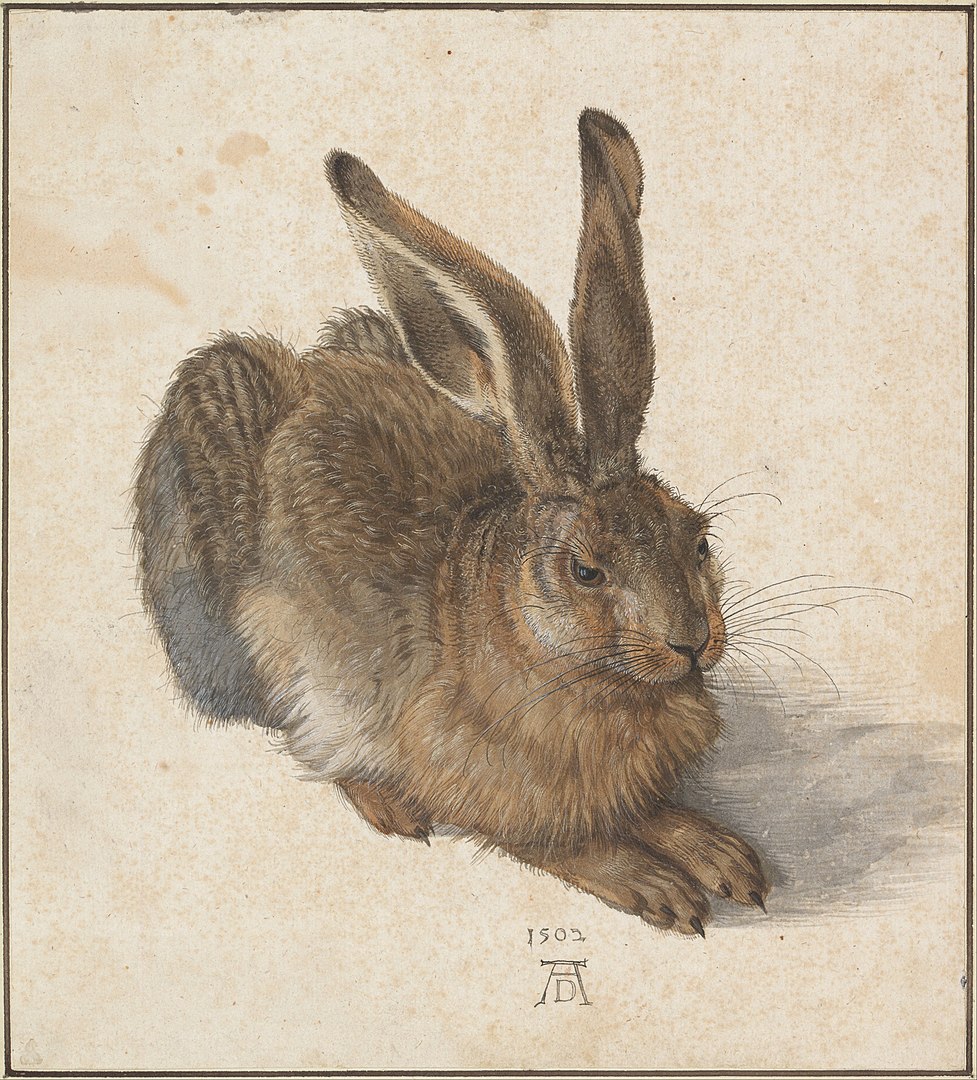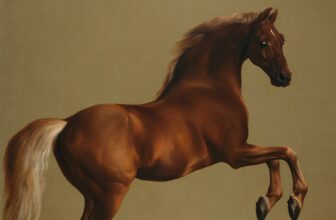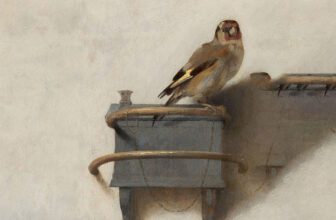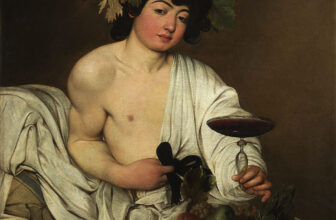
The Meaning Behind Young Hare Painting
In the canon of Western art, certain works stand out not merely because of their aesthetic appeal, but because they seem to capture the very soul of their subject. Among these, Albrecht Dürer’s “Young Hare”, painted in 1502, holds a special place. At first glance, it may appear to be a simple watercolor of a brown hare. But behind this deceptively modest subject lies one of the most exquisite displays of technical skill and observational mastery in the history of art.
This post explores the multifaceted beauty and significance of Young Hare: the story behind its creation, the genius of Albrecht Dürer, its symbolic and artistic interpretations, the style and technique used, its current home, and how much the piece would be worth in today’s art market.
Who Painted “Young Hare”
“Young Hare” was painted by Albrecht Dürer, one of the most celebrated artists of the Northern Renaissance. Born in 1471 in Nuremberg, Germany, Dürer was a painter, printmaker, and theorist whose influence reached far beyond Germany and into the heart of Renaissance Europe. Though he is widely known for his woodcuts and engravings such as Melencolia I, The Four Horsemen of the Apocalypse, and Knight, Death and the Devil, Dürer was equally adept with the brush.
What makes Dürer unique among his contemporaries is the fusion of Northern European attention to detail with the mathematical precision and perspective of the Italian Renaissance. He was a polymath, deeply engaged not just in art but also in science, mathematics, and nature. It is this intersection of art and science that “Young Hare” embodies so perfectly.
What is “Young Hare”?
Completed in 1502, “Young Hare” (German: Feldhase) is a watercolor and gouache painting on paper, measuring about 25 x 22 cm (9.8 x 8.7 inches). The painting is not part of a large canvas or a grand narrative. It features, as the title suggests, a single young hare, sitting alert with its fur and whiskers rendered in painstaking detail.
Every hair on the creature’s body is delineated with a kind of reverence that only an artist deeply invested in the natural world could achieve. The subtle shifts in fur color, the glistening eye, the dampness of the nose, each element reflects Dürer’s acute observational power. Despite being over 500 years old, the hare looks as though it might twitch its nose and hop off the page.
The Meaning Behind “Young Hare”
The meaning of “Young Hare” is multifaceted. While the painting was not created with any known religious or mythological context, it speaks volumes about the intellectual and artistic pursuits of the Renaissance.
1. Observation and Nature
The most immediate interpretation is that “Young Hare” is a celebration of natural observation. During the Renaissance, there was a revived interest in the natural world, largely influenced by scientific inquiry and humanism. Artists began to look at nature not just as background scenery but as a subject worthy of independent study.
Dürer’s hare is not a stylized or symbolic creature, it’s a real animal, rendered with scientific precision. It reflects a mindset where nature becomes a subject for reverence, study, and artistic interpretation.
2. Symbolism
Although not overtly allegorical, hares in art can carry a range of symbolic meanings. In Christian iconography, hares have been associated with both fertility and resurrection, in part because of their prodigious reproductive abilities and seasonal appearances.
Some scholars speculate that Dürer might have been subtly referencing life, regeneration, or the mystery of nature. Others argue that the painting is simply a naturalistic study, without any overt symbolic intent.
3. Human Curiosity and Scientific Precision
The artwork represents the era’s intellectual curiosity. Dürer’s work was part of a growing trend to document and classify the world. Like Leonardo da Vinci’s anatomical sketches, Dürer’s hare was an attempt to capture and understand life itself.
What Type of Art is “Young Hare”?
“Young Hare” belongs to several overlapping categories of art:
1. Naturalistic Study
The most obvious categorization is as a naturalistic study or nature study. These were highly detailed renderings of flora and fauna meant to depict their appearance accurately, often used by both artists and scientists.
2. Watercolor and Gouache
Technically, the painting is a watercolor with body color (gouache). Gouache is more opaque than traditional watercolor, which allowed Dürer to achieve the fine texture of the hare’s fur. This combination of mediums gives the work its distinctive softness and dimensionality.
3. Renaissance Art
While the work lacks the religious or mythological subject matter common in Renaissance painting, it’s very much a product of that time. Dürer was deeply influenced by Italian Renaissance principles, particularly linear perspective, proportion, and anatomy, and applied them even to humble subjects.
4. Scientific Illustration (Proto-form)
Though not created for a textbook or scientific journal, “Young Hare” anticipates the kind of scientific illustrations that would become common in the centuries to follow. It’s a precursor to biological illustration, both beautiful and informative.
How Much is “Young Hare” by Albrecht Dürer Worth Today?
Since “Young Hare” is part of a public collection and has never been sold on the open market, it’s impossible to assign it a precise monetary value. However, art historians and market analysts often make educated estimates based on several factors: artist reputation, historical significance, condition, and uniqueness.
If “Young Hare” were to be sold today (hypothetically), its value could range from $50 million to over $150 million, possibly more, depending on market conditions and collector interest. Here’s why:
Artist Prestige: Dürer is one of the most important figures in Western art history.
Medium and Uniqueness: It is a one-of-a-kind watercolor from 1502, not a print, not a copy.
Cultural Value: Beyond monetary considerations, “Young Hare” holds immense cultural and academic value.
It’s comparable in fame (though not size or format) to Leonardo da Vinci’s Vitruvian Man, and should it ever be sold, the event would be seismic in the art world.
Where is “Young Hare” by Albrecht Dürer?
“Young Hare” is housed in the Albertina Museum in Vienna, Austria. The Albertina is one of the world’s most prestigious graphic art museums and has an extraordinary collection of drawings, prints, and watercolors by old masters, including Raphael, Michelangelo, and of course, Dürer.
Interestingly, the painting is rarely exhibited due to its sensitivity to light. Watercolors and works on paper are especially vulnerable to fading and deterioration over time. As a result, “Young Hare” is usually kept in a climate-controlled storage environment and only displayed under strict conditions.
To allow the public to experience the work, the Albertina often exhibits a high-resolution facsimile, which captures the color and detail of the original while protecting the delicate paper and pigment.
Legacy of “Young Hare”
1. A Benchmark for Naturalism
“Young Hare” remains one of the greatest examples of naturalistic rendering in art. Its precision and sensitivity set a benchmark that artists and illustrators still strive to meet.
2. Artistic Influence
Dürer’s influence is immeasurable. His studies of animals, plants, and human figures helped shape European art, particularly the German and Dutch schools. Artists like Hans Holbein, Jan van Eyck, and later even the scientific illustrators of the Enlightenment owe a debt to Dürer’s meticulous approach.
3. Public Fascination
Despite its modest subject, “Young Hare” has captured the public imagination. It has been reproduced endlessly, on posters, postcards, stamps, and more. It has even inspired fashion collections and advertising campaigns. Its widespread appeal is a testament to the universal resonance of beauty found in nature.
A Quiet Monument to Observation
In an age where grandiosity often defines greatness, “Young Hare” is a quiet masterpiece. It doesn’t shout or proclaim, it simply invites us to look closely. It urges us to consider that even the smallest, most unassuming creature is worthy of awe. Dürer captured not just the likeness of a hare, but a moment of attentiveness, a stillness that draws us inward.
Albrecht Dürer was not just painting a hare, he was, in a sense, painting a testament to human curiosity, perception, and the natural world. In doing so, he left us with a work that continues to resonate more than five centuries after its creation.




